The people who work on trains have a variety of jobs. Each member of a train crew has a specific function.
Since train crews do most of their work beyond the observation of supervisors, their duties, responsibilities, and often even their actions are carefully prescribed in the railroad’s operating rulebook. Railroad operating rules are a subject unto themselves, but it’s often said that every rule in the book is there because somebody tried to do something “the other way” and proved that it wasn’t such a good idea.
While some members — primarily the engineer and conductor — are required on all types of trains, other positions are unique to either passenger trains or freight trains. For most of the 20th century, freight train crews consisted of five men: a conductor, two trainmen or brakemen, and an engineer, and a fireman. Today, most road freights operate with just two crew members, a conductor and an engineer. Many local freights that deliver and collect cars along their routes also have one trainman, and some have two, to help with the “ground work” of throwing the ground switches and uncoupling the cars.
Two developments in recent years have the potential to impact Class I train crew size — positive train control (PTC), which combines several technologies such as GPS, radio signals, and computers to prevent train collisions and other accidents if the engineer fails to take corrective action; and, the idea that once PTC is implemented, train crew size can be safely dropped to one man — the engineer — a stance promoted by the railroad industry. At this writing, the debate over the safety of a one-man crew continues.
Here’s a look at the different responsibilities of train crew members today. The first four descriptions of a train crew’s duties are based on the Pennsylvania Railroad’s “Rules for Conducting Transportation” of Oct. 28, 1956.
Conductor
Despite the image of the eagle-eyed engineer with his hand on the throttle, the conductor is the boss of a train crew. He reports to the trainmaster, his immediate management superior, and in operating his train he takes instructions from yardmasters and train dispatchers.
The conductor is responsible for the safe, prompt movement of the train, and for the care of its cargo and equipment. He is also responsible for the actions and safety of the crew, and for reporting any condition that interferes with safe train movements.
In practice, this includes knowing what the train is carrying and observing prescribed precautions for hazardous materials, perishables, or any other freight that requires special handling. The conductor is responsible for the accuracy of the consist — that is, that each car is supposed to be there, and its accompanying paperwork is correct.
The conductor must be assured that every car in the train is in good operating condition before starting out, that loads are secure, and that the air brakes are connected and working throughout the train. He supervises the train’s over-the-road operation, and is responsible for the train operating in accordance with all rules, timetable authority, signal indications, and speed restrictions.
Radios have replaced hand signals with flags and lanterns for communicating with the engineer while the train is under way. When each train had a caboose, however, the conductor had another instrument of authority – an air brake valve by which he could stop the train if necessary.
Trainmen
Trainmen, or brakemen, also report to the trainmaster, but follow the instructions of the conductor and of “others with proper authority.” They’re responsible for the caboose identification markers, or the electronic end-of-train device. They also have responsibility for protecting the train, which means, “flagging” behind and ahead whenever the train is exposed to collision.
The trainmen handle throwing switches, coupling and uncoupling cars and engines, and setting and releasing hand brakes when cars are set out or picked up (that is, subtracted from, or added to, the train). While the train is moving, they keep a lookout for potential hazards on the train itself: “hotboxes” (overheating journals), dragging equipment, or shifting loads.
When a caboose was used, usually the senior trainman rode in it. Historically, he was called the flagman or rear brakeman. The other trainman, the “brakeman” or “head brakeman,” rides the engine.
Engineer
The engineer and his assistant (the fireman) are in a different chain of command than the rest of the crew. The engineer’s immediate management supervisor is the road foreman of engines – the official charged with overseeing the safe and efficient operation of locomotives. The engineer must nevertheless obey the instructions of trainmasters, yardmasters, dispatchers, and even of the roundhouse foremen in locomotive facilities. Of course, he must also obey the conductor of his own train, and be ready to take over the conductor’s responsibilities in case the conductor is incapacitated.
Veteran railroaders say that anybody can run an engine, but it’s running a train that takes skill and experience. The engineer must manage not only the power of his locomotive, but also the coupler slack, momentum, and braking of all the cars coupled behind it. He controls the automatic air brakes on each car of the train by reducing pressure in the train’s brake pipe. Before the control information – a pressure wave – reaches the rear of a long train, the brakes on the head end begin to respond. Factor in grades, curves, and speed, and this becomes a task requiring very fine judgment.
Most diesel-electric locomotives have a secondary braking system called dynamic braking. It switches the electric traction motors to work as generators, and converts part of the train’s kinetic energy – its momentum – into waste electrical energy. Dynamic braking helps the engineer control a train’s speed on downgrades, but in terms of slack action, its effect is just the opposite of the air brake.Of course, while all this is going on the engineer must also observe whatever movement authority governs his train – timetable, signal, or track warrant – watch the track ahead and the train behind, see that his locomotive is running safely and efficiently, blow whistle or horn signals for grade crossings, and plan ahead for stops to switch or to meet other trains.
Fireman
In steam days, the fireman did what his job title implies: stoked the fire and maintained steam pressure in the boiler. With dieselization, that side of his job disappeared. Early diesel-electrics sometimes required attention on the road, but they soon improved to the point of needing little care except at terminals. The fireman still had responsibilities as the engineer’s helper, especially in watching the track and signals ahead and in relaying signals from trainmen. Firemen were also apprentice engineers, allowed to run the train under the engineer’s supervision and expected to learn enough to be ready for eventual promotion. Railroad managements quickly decided to phase out their firemen once the steam engines were gone, but only in recent years has the fireman’s job been eliminated.
Passenger train crew members
Passenger trains require additional people to work on board. Employees on a passenger train are divided into train-service crew members – who are responsible for the train’s operation (i.e., the conductor and engineer) – and on-board service employees, who staff coaches, dining cars, and sleeping cars, and tend to the needs of passengers. A key difference between operating and on-board service crews is that the conductors and engineers operate within geographical territories and are subject to federal hours of service guidelines while onboard employees are generally are on duty for an entire trip.
In the 1980s, Amtrak took complete control of its train-service and on-board service crews, removing them from the payrolls of the host freight railroads. Amtrak gives new employees training, both in the classroom and on the road. Training is conducted at Amtrak’s crew bases, and sometimes at outside facilities. All employees, regardless of the job, are educated in emergency train-evacuation procedures.
Currently, all Amtrak passenger trains have at least one conductor and one assistant conductor. Other assistant conductors are added for busy trains on the Northeast Corridor, which runs from Washington, D.C., to Boston. Each train is assigned one locomotive engineer, except on certain segments of some long-distance routes where crew changes are too far apart and/or there are relatively long stretches of overnight running.
Lead Service Attendant. This title is the one principally used now to describe the person in charge of the café car. Long-distance trains may also have a dining car and, if so, there is at least one dining car lead service attendant. In a dining car, the LSA supervises service attendants and the kitchen crew. When warranted, the LSA is expected to wait on tables. In both cars, this person is responsible for maintaining inventory and accounting for revenue.
On trains that operate with a Superliner Cross-Country Café dining car with a café section (City of New Orleans, Texas Eagle, Capitol Limited), a single LSA serves as the attendant for the adjacent Superliner Sightseer Lounge Car, as well as the dining car lead service attendant. On other long-distance trains running with a Sightseer Lounge (Empire Builder, California Zephyr, Southwest Chief, Coast Starlight and Sunset Limited), the café car has a separate lead service attendant.
Dining-Car service attendants. The attendant’s main responsibility is to perform the classic service of a waiter, for which Amtrak provides a detailed job description, right down to how to present a wine bottle or how to place the check on the table. Attendants also have a variety of custodial duties.
On Amtrak’s fastest train, the Acela Express, there is a café LSA and a first class LSA, and there are at least one, and often two, service attendants in the first class car, where meals are served at seats. There is always at least SA aboard if there is a dining car of any kind. During heavy periods, one or two SAs are added.
Chef. In addition to directly preparing many of the entrees, the chef oversees the preparation of all food in the dining car, determining portion size and verifying each order as it leaves the kitchen. Other duties include keeping inventory of food and equipment and keeping the kitchen clean.
Where there is a dining car, there is also always a chef aboard except on the City of New Orleans, where everything is prepared on the upper level of the Cross-Country Café.
Food specialist. Assigned only when passenger counts are high (and always on Auto Train), a food specialist supports the chef in all aspects of food preparation and kitchen maintenance, and must be able to step in as chef in case of an emergency.
Coach attendants. This is a job with a lot of responsibility since passenger volume and turnover is high. Duties range from policing seat assignments to ensuring that passengers get off at the right station to keeping the whole place clean. It’s a tall order. “Main ceiling lights must be turned off at 10 p.m. Passengers will be allowed to wake up to natural light in the morning.” The coach attendant must carefully observe rules such as these.
There is always at least one coach attendant on a long-distance train, or a regional train with a separate, full business class car like the Northeast Regionals, the Palmetto, Carolinian, and Pacific Surfliners (but not Amtrak Cascades business class). More coach attendants are added when certain en-route ridership thresholds are met with one coach attendant usually covering at least two cars.
Sleeping car attendants. First-class passengers expect a lot out of a sleeping car attendant (formerly called a porter), and the list of duties is the longest in the employee manual. Attendants are expected to make up beds (if parallel to the aisle, “feet toward the engine”), carry baggage, explain train procedures, replenish room supplies, and deliver wake-up beverages. “Maintain quiet in your car at all times,” notes the employee manual.
In sleeping cars, there is always one attendant per full sleeper, whether it is a Viewliner or Superliner. Trains also carry transition Superliner sleepers, which is a sleeper equipped with only roomettes on the upper level, which are used primarily by the crew. However, some of these rooms can be sold to passengers, yet the car is not assigned a sleeping car attendant. If only four roomettes are sold, the attendant in the adjacent sleeper staffs the transition sleeper; if eight are sold, a coach attendant is responsible for the car.
Except on Amtrak’s Auto Train, which runs nonstop from Lorton, Va. (Washington, D.C.) to Sanford, Fla. (Orlando), and where dining car servers also work as coach or sleeping car attendants, each member of the onboard services crew is task-limited by their job description according to union agreements. However, coach attendants participate in the “Just for You” meals-at-seat program on long-distance trains by taking orders from coach passengers and bringing them budget-priced dining car meals.
Further information on railroad work positions can be found on the Federal Railroad Administration website.





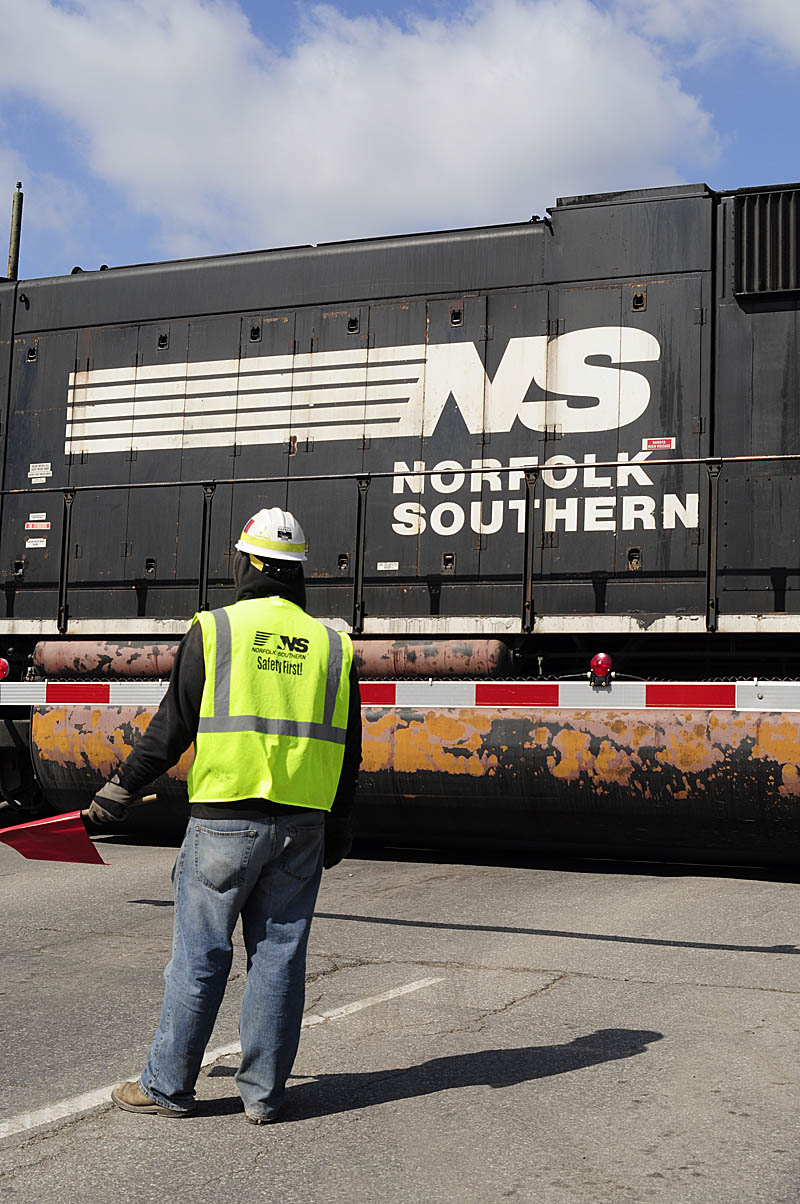

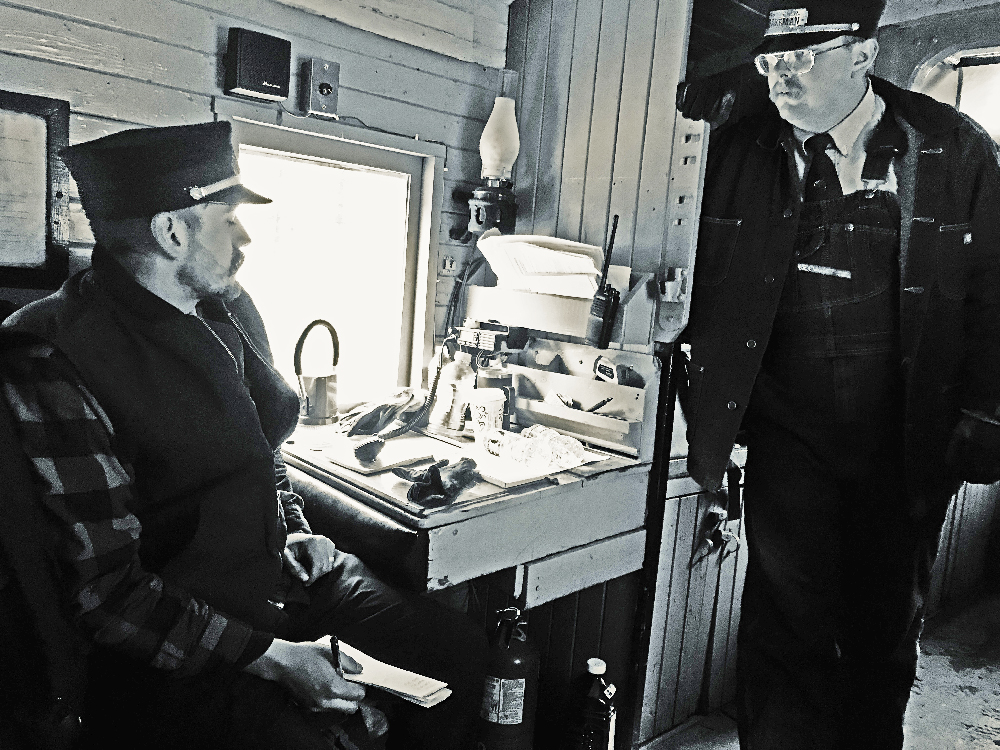
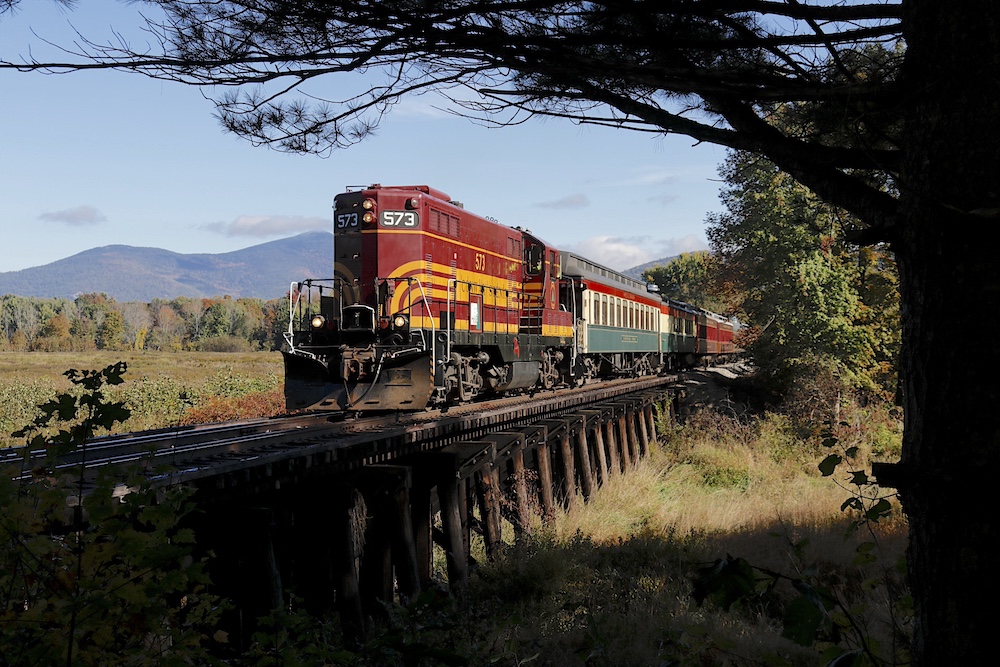
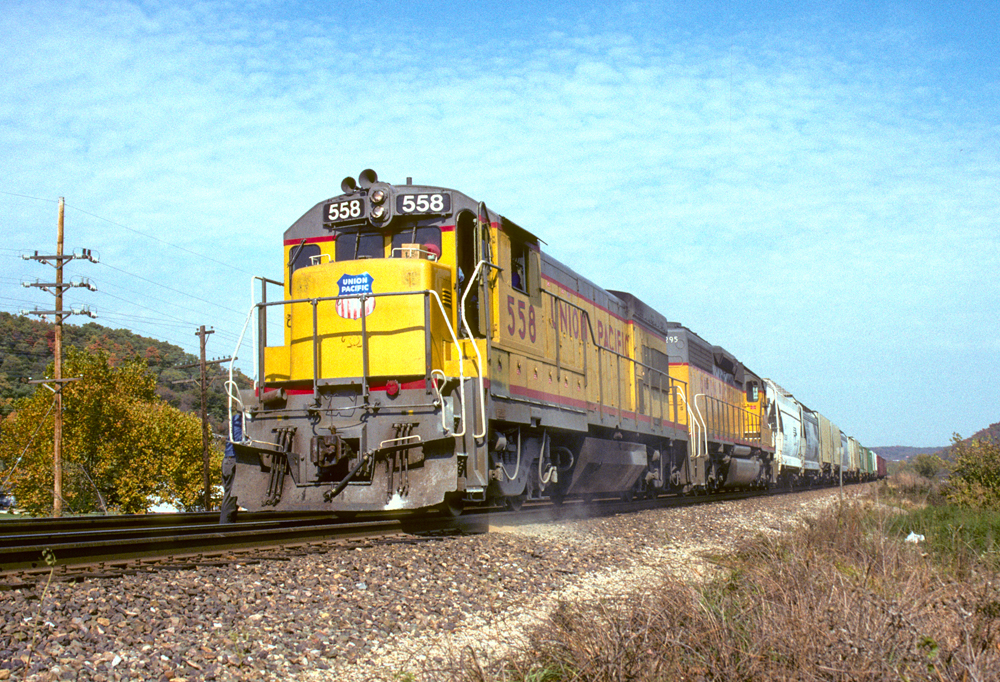
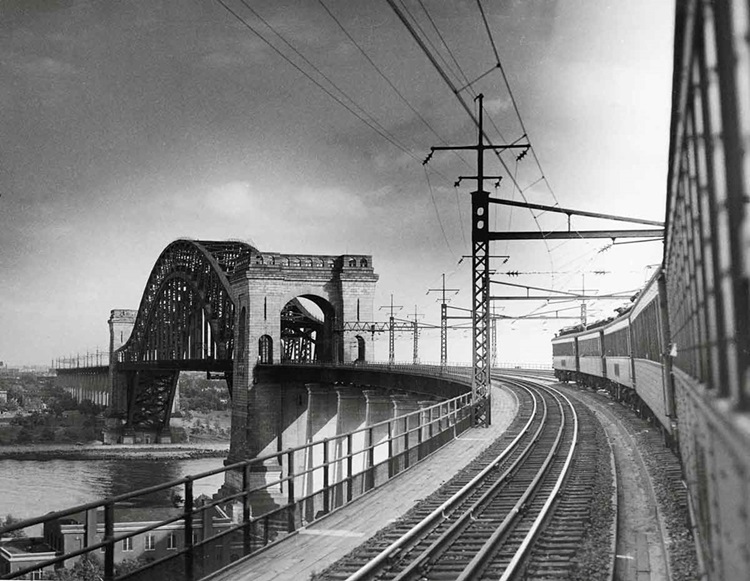
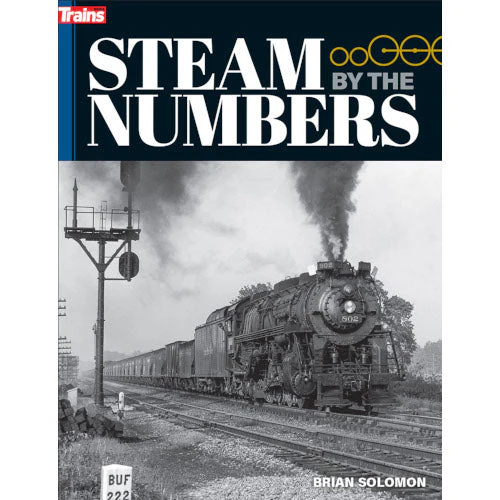


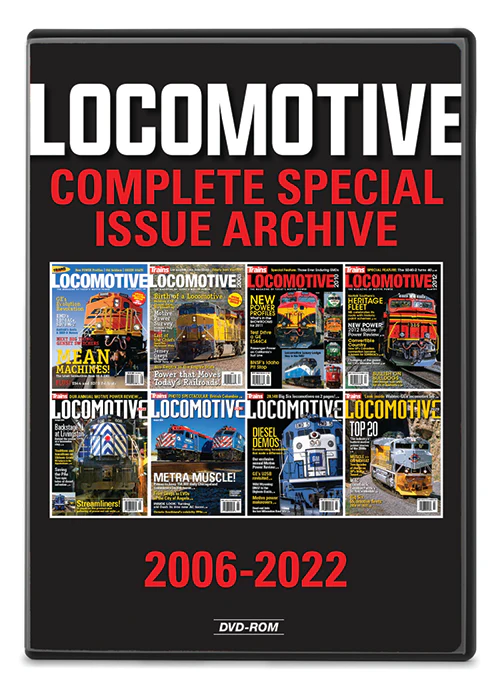
I joined up on BN in 1980 as a brakewoman in NE.
I grew up next to their tracks and would hear the trains rolling by in my sleep. Soon they captured my imagination. I yearned to work as a brakeman, but hiring was limited to men who grew up in railroading families.
I’d like to hear from other woman brakemen, conductors and engineers.